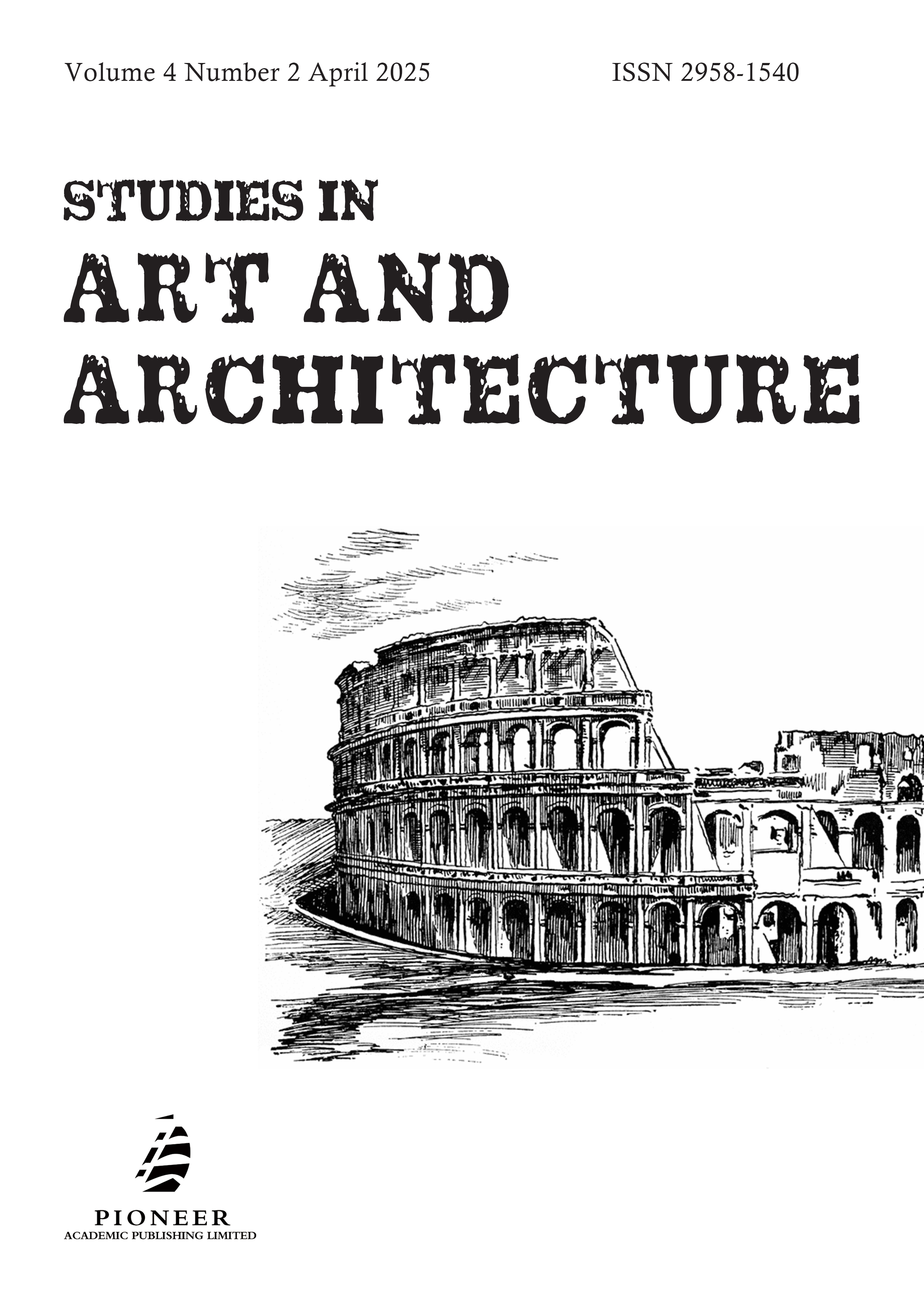A Study on the Application of Integrated Ventilation Strategies Based on Wind Simulation and Solar Radiation Analysis in Low-Rise Residential Buildings in Manila
Keywords:
tropical architecture, passive ventilation, wind simulation, solar control, low-rise housing, CFD, thermal comfort, climate-responsive design, Manila, sustainable urban developmentAbstract
This study investigates the integration of wind simulation and solar radiation analysis in developing passive ventilation strategies for low-rise residential buildings in Metro Manila. Operating within a tropical monsoon climate, Manila presents complex microclimatic challenges—ranging from high humidity and seasonal wind shifts to intense solar exposure and urban heat island effects. By combining computational fluid dynamics (CFD) modeling with solar radiation mapping, this research explores how architectural orientation, building form, shading design, and envelope materiality can be coordinated to optimize natural airflow and minimize thermal gain. Two case scenarios—a standard social housing unit and an optimized prototype—were simulated using site-specific weather data. The results demonstrate that integrated strategies can improve air changes per hour by up to 250%, reduce operative indoor temperatures by over 4°C, and significantly enhance thermal comfort without mechanical systems. The paper concludes by outlining pathways for scalable, climate-responsive housing in tropical cities, emphasizing data-driven design, policy support, and community-oriented implementation.


